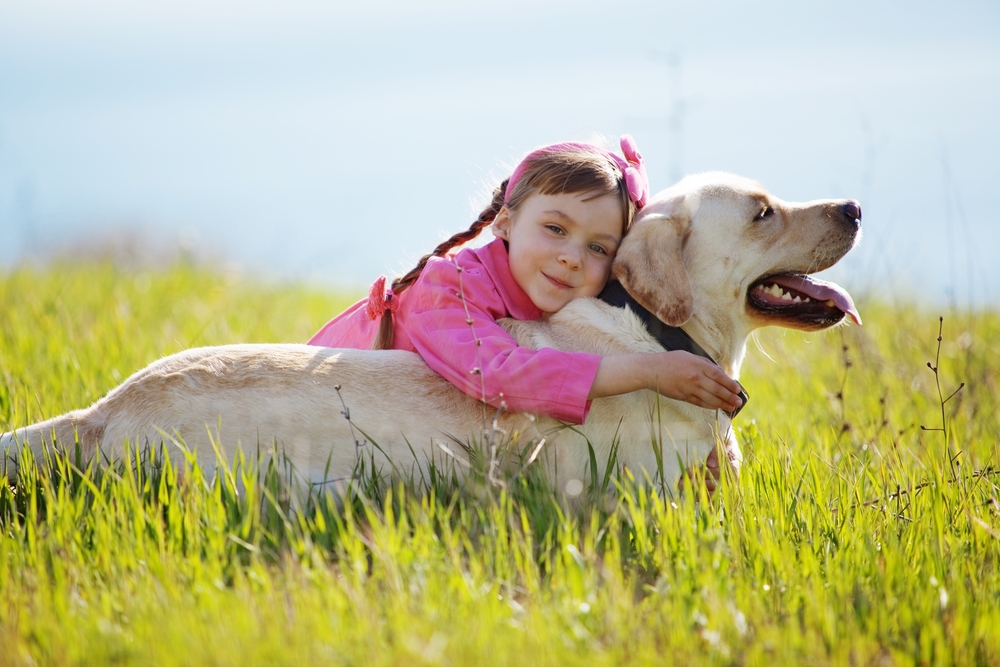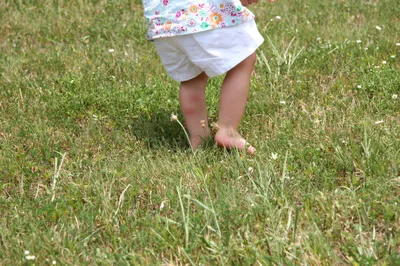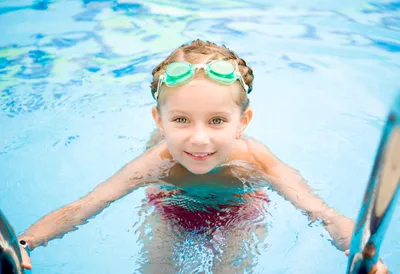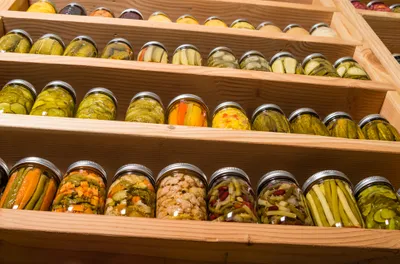Accidents are a leading cause of death and disability in children. In one study by M.Laffoy, it was found that over 50-percent of injuries were due to falls, cuts accounted for 23-percent, burns 13-percent, poisoning 8-percent, and ingestion of foreign objects 6-percent. Children under the age of 5-years are particularly vulnerable to sustaining injuries related to an unsafe home environment. The tragedy is that the vast majority of these injuries are preventable by childproofing your home. This is easy and inexpensive to do and can be done quickly.
Let’s take a closer look at how you can childproof your home…
1. Secure Big Screen TVs
More and more people are buying big screen television sets for their homes as the prices become more affordable. What many don’t realize is how top heavy and dangerous these televisions can be to children. A study by the Consumer Product Safety Commission (CPSC) reported upwards of 19,000 TV-related injuries to children from 2008-2010, 85-percent of which occurred in the home.
Most injuries occurred when the TV toppled over, hitting the child’s body and crushing their skulls. Some fatalities were reported as well as injuries resulting in permanent, life-long disabilities. The single most important safety measure parents can take in this case is to secure your big screen TV to the wall or to its base so that it cannot topple over even if climbed upon or bumped into by an active child.
2. Clip Dangling Window Blind Cords
Dangling window blind cords pose a serious danger to young children. According to a study by the CPSC every month at least one child (aged 7-11 months) dies from strangulation after becoming entangled in a window cord. They also discovered that 60-percent of these events involved cords from horizontal blinds, 40-percent involved continuous loop systems used in both blinds and drapes, and 80-percent involved older model products.
The best way to ensure your child’s safety is to make sure all window coverings are up to date, meet current standards and are not on a recall list. Move all furniture so that dangling cords are out of reach. Continuous loop cords should be anchored to the ground or wall. You can also use tie down devices, cord stops or remove all looped cords entirely.
3. Store Medications and Cleaning Products Out of Reach
Statistics in the US indicate that at least 300 children are treated in hospital for poisoning each day. Of those, two or more will die. Children are poisoned not only by the accidental ingestion of medications left lying around but also by every day household cleaners such as bleach or automotive products such as anti-freeze. Children are naturally curious, busy learning and exploring about their new and exciting world. They explore with all their senses and this includes taste. Putting everything in their mouth.
Parents can take active steps to prevent poisoning. Dispose of unused or expired drugs, lock up medications or cleaning products, store them high up and out of reach, lock your cupboards where these hazards are stored, and keep the number for poison control on your fridge. One other thing a parent can do is read the warning labels on all products and medications and follow the instructions carefully.
4. Don’t Store Heavy Objects Up High
Heavy vases, large porcelain cookie jars, heavy piggybanks, and any other heavy objects should not be stored up high or where they may potentially become dislodged and topple over. Tall dressers or bookcases should be secured to the wall.
If they were to fall over they could crush and kill a child caught underneath. Even top heavy standing lamps should be secured so that a rambunctious child cannot bump into it and cause it to fall. An ounce of prevention is worth its weight in gold.
5. Use Alarms or Security Chains to Keep Kids In
Young children love to explore. It’s a natural part of growing up. They are curious about their surroundings and love to look around the corner to see what surprises await. This curiosity can, however, get them into serious trouble. Children don’t have a sense of danger to keep their inquisitiveness in check. That’s why it’s so important for adults to provide a safe and secure environment for them to explore.
Make sure that the front, back and side doors to your home are locked from the inside or use a chain up high so children cannot escape outside unsupervised. There have been incidents of children slipping out the door in the dead of winter and freezing to death, or running out onto the street and getting hit by a car. You should also make sure children cannot slip out through or fall out of open windows. Toddlers have on occasion fallen through window screens.
6. Safety and Pets
Pets can be loving and valuable members of the family and require special consideration for safety when children are around. Children should always be supervised by a responsible adult when in the company of pets. No dog is 100-percent safe around small children. Some of the safety hazards associated with the presence of pets in the home include: bites, scratches, allergies to pet fur, zoonotic disease (usually from your pet’s infected food or water), falls from pets tripping you, and choking (children swallowing pet toys).
Make sure you choose a pet from a reputable breeder and is good around children. Reptiles are not recommended for children under 5 due to the potential spread of disease. Take care of your pet’s health with regular immunizations, de-worming and flea treatment. Teach your children to practice good hand washing after contact with their pet.
7. Prevent Burns
Children learn by exploring and touching things including dangerously hot things such as stoves, flames or radiators. It can be helpful to set the thermostat on your water heater to below 48-celcius, and test bath water before putting your child in the tub. Avoid hot spills by never carrying hot liquids and a child at the same time, turning the handles of cooking pans in towards the back of the stove, use back burners on the stove, don’t use placemat or tablecloths and never leave cooking food unattended.
Some people find it helpful to block access to dangerous items such as space heaters, hot water heaters, fireplaces, and cooking stoves. Other tips include unplugging irons and keeping them out of reach, testing food temperature, choosing a cool water humidifier, and using plastic stoppers to block electrical outlets.
8. Pool and Bath Safety
Drowning is the second most common cause of death in small children under the age of 5. A child can drown in as little as 2.5-centemeters of water. Children should never be left alone unsupervised around water. A ratio of one adult per baby and one adult per two children is recommended. This includes baths and pools. Not even for a few seconds. Pools safety means that a toddler should always be within arm’s reach of an adult. Water wings, swim toys and bathing suits are not safety devises.
There should be no direct access to a swimming pool from a deck and it should be fenced on all four sides. Fencing needs to be climb resistant and a minimum of 4-feet high. Gates need to be self-closing and self-latching. Unfenced hot tubs need to have a locking hard cover and/or locked in an area which can be blocked off.
9. Farm Safety
Farm accidents are widespread and can often be catastrophic. Extra diligence is required to keep children safe and happy on the farm. They should never be allowed near farm equipment unsupervised. This includes tractors, combines, balers, mowers, power tools and any other types of equipment found on the farm. They should never be allowed to ride in the back of a pickup truck or on the side of a fender.
Children should be taught to be cautious of livestock and their young as mothers may attack them if they feel threatened. They should always wear a helmet when riding a horse and should wash their hands after handling animals. Children also need to be kept away from fertilizers, chemicals, and hazardous storage areas.
10. Cupboard, Freezer, and Fridge Locks
As we know young children love to explore, touch, taste, and hide. Installing child locks on all cupboards and fridges or freezers can help keep curious toddlers from getting into trouble. You may also want to ensure that access to potentially dangerous hiding places such as dryers or horizontal freezers is blocked off.
Children are curious and inquisitive by nature, which if left unsupervised can lead to injury and even death. A few moments spent childproofing your home can mean the difference between life and death for the healthiest of children.












